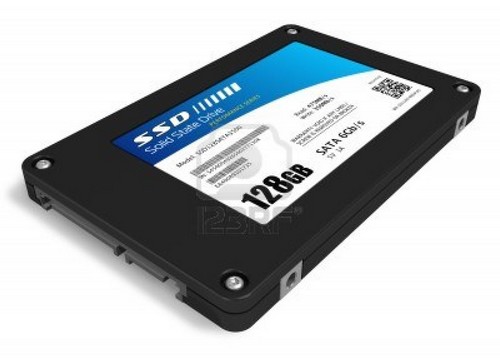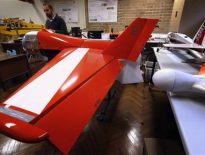One of the most recent trends in the realm of personal computers and rugged notebooks is the solid-state drive. The technology isn’t new, but solid-state drives have become much more popular recently thanks to their reduced price. Installing a solid-state drive is one of the best things you can do to upgrade and speed up your computer. Here’s a quick overview of these amazing pieces of hardware.

What is a Solid-State Drive?
A solid-state drive offers the same functions as a traditional hard disk drive, which is and has been the standard for computer storage since the computer’s inception. The drive is where all the files, music, wallpapers, and background programs that keep your computer going are stored. The two would be entirely indistinguishable if not for the vast difference in how they operate.
Hard disk drives store their data on metal platters. These platters are constantly spinning, which contribute to part of the noise when you power up your laptop. Whenever your computer wants to access some bit of data—a particular song or document—what’s known as the head, a needle-like mechanism, moves to the data’s position on the drive and gives it to your computer. Writing data works in the same way as the head finds an open spot to “record” the bit of information you’ve installed. The process works a lot like a record player.
Solid-state drives, on the other hand, have no moving parts, no spinning platters or heads. Data on a solid-state drive is stored in blocks. When the computer wants to access some data, the SSD simply presents it. No loading. Everything is right there for the picking.
The Good and the Bad
The obvious advantage of putting a SSD in your tough laptop is the speed, and not just in finding files. Boot times are lightning fast. Applications launch near-instantly. Saving and loading documents presents zero lag. Copying files will improve drastically. Overall, your computer will feel much quicker, a younger version of itself.
Unfortunately, that performance improvement comes at a price. Literally. Although solid-state drives are cheaper now than they have been in years, they are still much pricier than a hard disk drive. For about $100, you could get a 120 GB solid-state drive. For that same price, you could get a 2 TB hard disk drive. That’s terabytes.
Adapting to that exponentially smaller size is muddling for most computer owners. Even the most low-end ruggedized laptops have at least 500 GB of storage. The most affordable SSD sizes are 120 GB and 240 GB—less than half the space!
Fortunately, with the growth of cloud storage and the popularity of external hard drives, you should be able to adjust as long as you do a little pre-planning.





